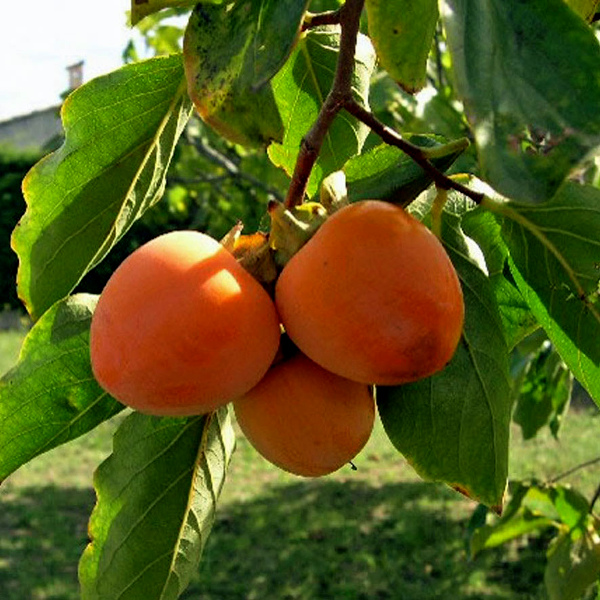Solan, Jan 19 (UNI) After apple cultivation, the successful cultivation of Japanese persimmon is all set to transform the economy of the orchardists in lower and mid hill zones of Himachal Pradesh.
Commonly known as the “Japani Phal “”, the Japanese persimmon was first introduced by Britishers in Kullu valley of the state in early twenties. Later the fruit was introduced to Jammu and Kashmir, Coonoor and Nilgiri hills of south India. In spite of the fact that soil and climate conditions of India suits for its successful cultivation it had not made much headway in horticulture sector. However, the growing demand of this fruit in the market during past few years due to its attractive colour and delicious taste, the cultivation of this fruit has now started catching up amongst the horticulturists of the lower and mid hill Himahcal.
Thanks to the scientists of Dr. Y.S. Parmar university of Horticulture and Forestry Nauni who had after prolonged trials have established that cultivation of this exotic fruit in sub tropical zones could prove as lucrative as the apple in higher, tropical zones of the state. Besides its high demand in the market, persimmon has also provided an open option of diversification to the growers, especially in areas where low quality citrus and stone fruits have dominated the horticulture sector, since agues.
Currently persimmon was being grown over 2,000 hectare of the land in Solan, Hamipur, Sirmour, Kullu, Mandi, Kangra and Una districts with an annual production of around 3000 tone. Presently, Hachiya, Fuyu and some other varieties were becoming most popular amongst the growers owing to fascinating look and size of the fruit.
“Since plant of the persimmon has capacity of tolerating harsh dry condition, its cultivation has now started picking up in lower and mid hill zones of the state,” said DR. Parvinder Kaushal , Vice- Chancellor of the varsity.
He said that varsity scientists were making strong efforts to popularise its cultivation by motivating the farming community but still more efforts were needed by other concerned agencies. Owing to high value fruit crop and high demand in the market, it would certainly help in uplifting the economic conditions of the growers in the lower parts of the state.
The plant of this fruit starts yielding within four and five years, similar time taken by the apple tree. A single tree gave two quintal of production that was considered also equalant to a mature apple plant. But, in comparison to apple, Persimmon was fetching much higher price — between Rs. 100 to 150 per kilogram in various markets of the country. On the top of it, persimmon did not require any application of spray and special fertilizer. Also it could be grown on all types of soil of lower and mid hill zones of the state. The plant of this fruit was not fastidious in soil requirement and could withstand drought and frost conditions effectively in comparison citrus fruits.
Since it is a hardy fruit tree and is resistant to varied temperature, no specific technique cultural techniques are needed for persimmon,” said scientists of department of pomology department of the varsity.
Scientists felt that in several cases it has been observed even least cared plants were giving good yield. The fruit is marketed when no fresh fruits, except apple, were available in temperate zones, making the persimmon a high value fruit in markets. Persimmon normally starts flowering in the first week of May and fruits are harvested between September and October.
Source: UNI India
Image Courtesy: OleLantanaseeds
You may also like
-
New Heat-Based Approach To Cancer Treatment Can Reduce Chemotherapy Doses
-
Scientists Take A Major Step Towards Unification Of Classical & Quantum Gravity
-
India Graphene Engineering and Innovation Centre (IGEIC) Under the Vision of Viksit Bharat@2047 Launched
-
New High-Performance Gas Sensor can Monitor Low Level Nitrogen Oxides Pollution
-
Antidepressant Drug can be Repurposed for Treating Breast Cancer
